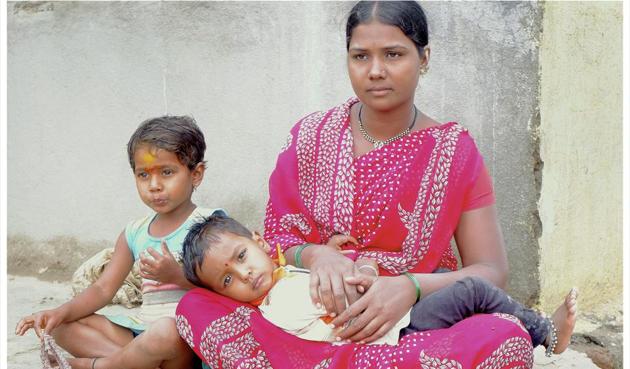Farmer suicides: The fate of the women left behind
A widow’s burden is heavier not only because she is alone in her troubles but also because she is invisible to the state, the society and to even her own family.
Farmer suicides are the convergence of multiple facets of rural distress in a single act of desperation and helpless surrender. Each of the staggering numbers represents more than a life that ended tragically; it also signifies a widow who now struggles to survive in the same distress which killed the farmer.

A widow’s burden is heavier not only because she is alone in her troubles but also because she is invisible to the state, the society and to even her own family. Her life reveals a wide-spread and deep-rooted socio-political condition faced by women across rural and urban India, irrespective of class, caste, community and religion. The absence of individual identity that does not extend beyond her resources, her dependence and her obedience points to a state of colonization of women, practiced by the society and the family, and preserved by the state.
A widow faces Seven Invisibilities imposed on her as she navigates through the various crises after the farmer’s suicide. This is part of the findings of research by this author in Marathwada and Vidarbha regions of Maharashtra, which have faced over 69,000 farmer suicides since 1997 (NCRB & Lok Sabha). Cases from districts of Amravati, Yavatmal and Beed establish how a widow’s invisibility is routinely imposed, endorsed and normalized.
The first invisibility is tradition, which operationalises fears and insecurities of the widow, so that the control over her life shifts from her husband to that of the family and the society. This transition of power takes place soon after the farmer suicide, and the widow experiences no change in her subservient position, except that she now reports to the other male members of the family.
The second invisibility is status, where a woman’s position in the society and before the state is uncertain without male approval. For instance, a widow faces difficulty navigating the outside world when men in government offices, banks, and even hospitals and schools demand to interact with male representatives of her family. The woman is pushed back into her inner world of dependence every time she seeks to leave it.
The third invisibility is procedure, which is not inclusive of gender. The state is ‘man’ in India, and the woman citizen is a ‘difference.’ This challenge to the male generalization is navigated through channels of patriarchy. For instance, the state does not interact directly with the widow, even while processing suicides for compensation. A male member of the family or even a male neighbour speaks on the widow’s behalf, as she is considered ignorant of state procedure and is excluded from it.
The fourth invisibility is opportunity, like education, which is denied to the widows from their childhood, as evident from drop-out rates for girls in higher classes. All learning activities and tuitions are considered as wasted investment of time, effort and money for girls who will leave the parents’ household after marriage. Widows reveal that they were put to work as labour from the age of 13-14 years while their brothers were at school. This affects the women’s employability and growth.
The fifth invisibility is value, which naturalizes a woman’s work as duty. For instance, besides working as farm labour up to 6-7 hours, a rural woman must tend to her children; wash clothes of the household; cook for the family; clean the house, the premises and the washrooms; fetch water; tend to the animals and get fodder; and, do other chores. Women work every minute of every day of their life; the frailty of farm women is proof of the toll such work takes on their health.
The sixth invisibility is ownership because, despite laws, women do not inherit property traditionally. Whether urban or rural, for survival the woman gives up her rights to male relatives. As this invisibility involves financial assets, it is cultivated from a young age among girls: parents teach daughters that their real home is their husband’s home; houses are not planned with sections for daughters and sisters; and, name plates outside homes do not carry names of women.
The seventh invisibility is the vote. In a society that does not consider women as equal citizens, beyond the rhetoric, the political system can be no different. Widows of farmer suicides often express their disappointment that no election verdict had changed their fate. Politics in India often promises representation for the poor, the farmers, and the labour. Women are all three; women are poor, women are farmers and women are labour. And yet, no one represents women in this democracy.
Kota Neelima is the author of Widows of Vidarbha, Making of Shadows
The views expressed are personal



